I am using the AirPassengers dataset to predict a timeseries. For the model I am using, I chosen to use auto_arima to forecast the predicted values. However, it seems that the chosen order by the auto_arima is unable to fit the model. The corresponding chart is produced.
What can I do to get a better fit?
My code for those that want to try:
import pandas as pd
import numpy as np
import matplotlib.pylab as plt
%matplotlib inline
from pmdarima import auto_arima
df = pd.read_csv("https://raw.githubusercontent.com/AileenNielsen/TimeSeriesAnalysisWithPython/master/data/AirPassengers.csv")
df = df.rename(columns={"#Passengers":"Passengers"})
df.Month = pd.to_datetime(df.Month)
df.set_index('Month',inplace=True)
train,test=df[:-24],df[-24:]
model = auto_arima(train,trace=True,error_action='ignore', suppress_warnings=True)
model.fit(train)
forecast = model.predict(n_periods=24)
forecast = pd.DataFrame(forecast,index = test.index,columns=['Prediction'])
plt.plot(train, label='Train')
plt.plot(test, label='Valid')
plt.plot(forecast, label='Prediction')
plt.show()
from sklearn.metrics import mean_squared_error
print(mean_squared_error(test['Passengers'],forecast['Prediction']))
Thank you for reading. Any advice is appreciated.


